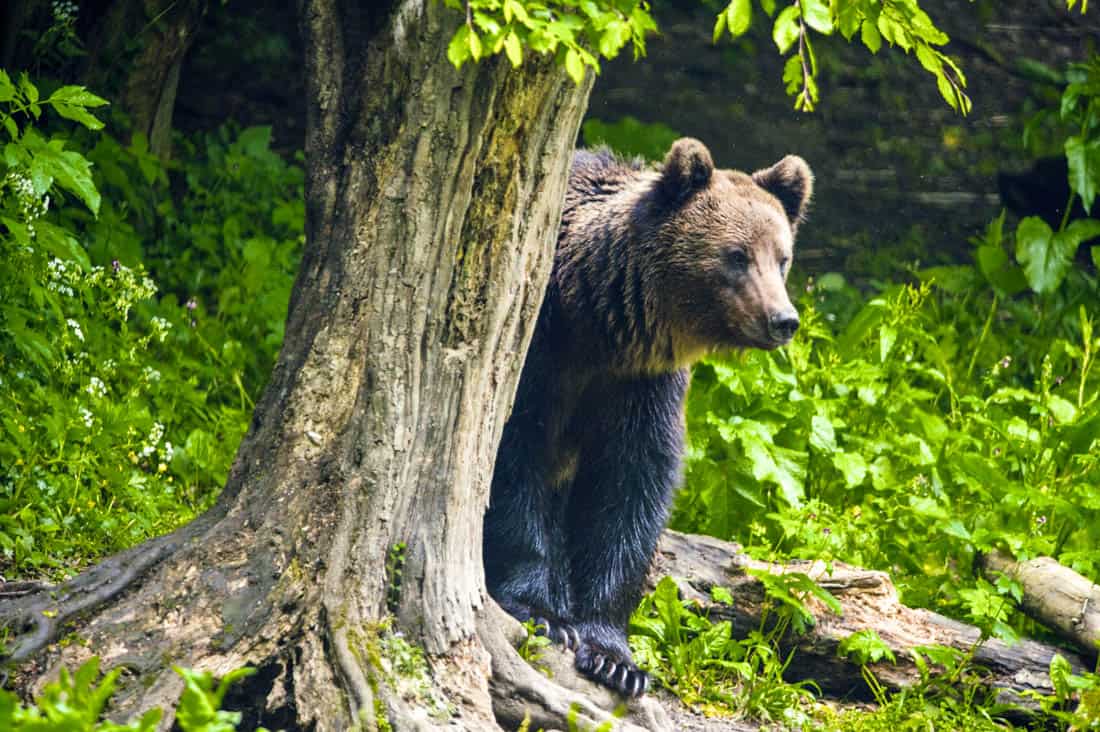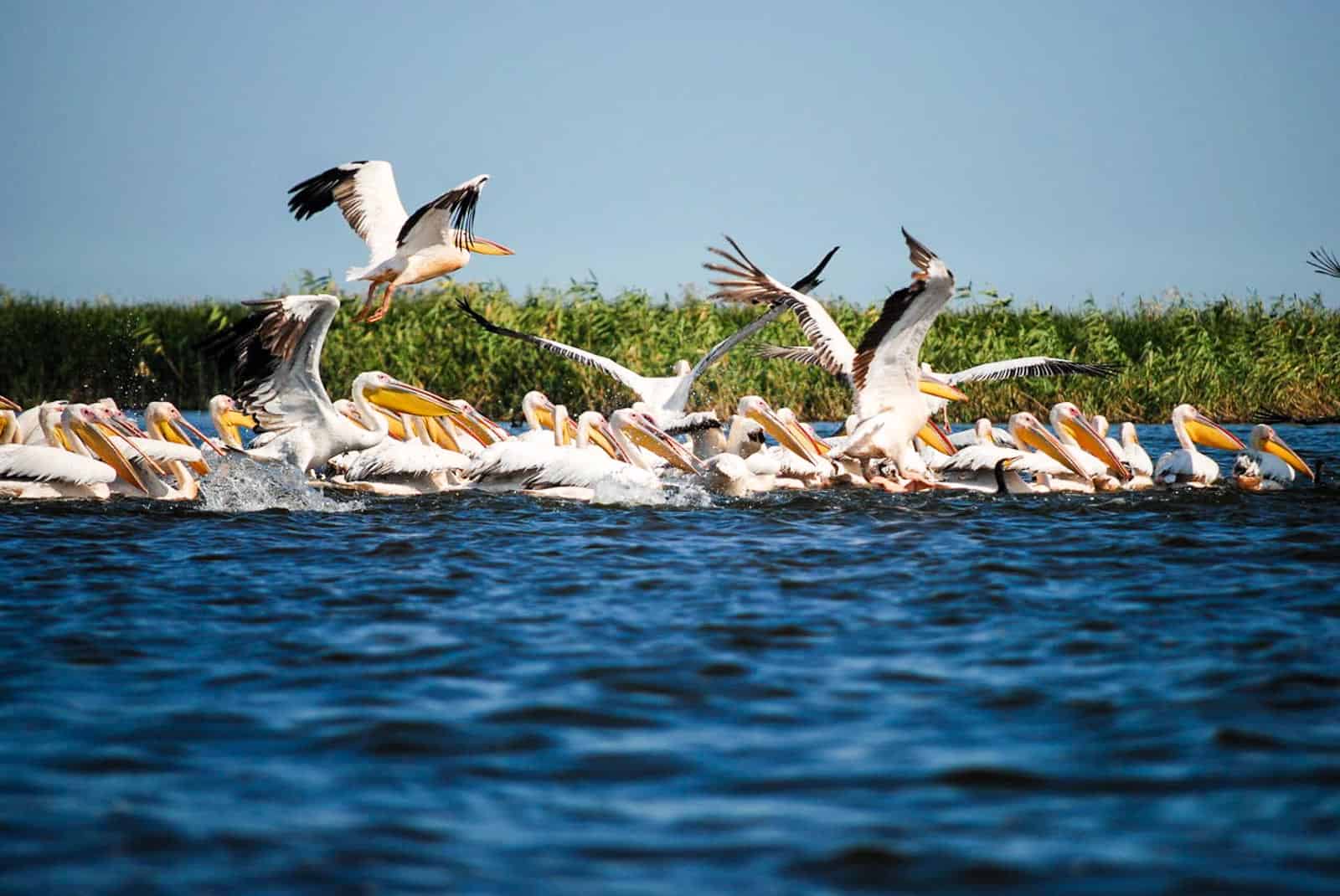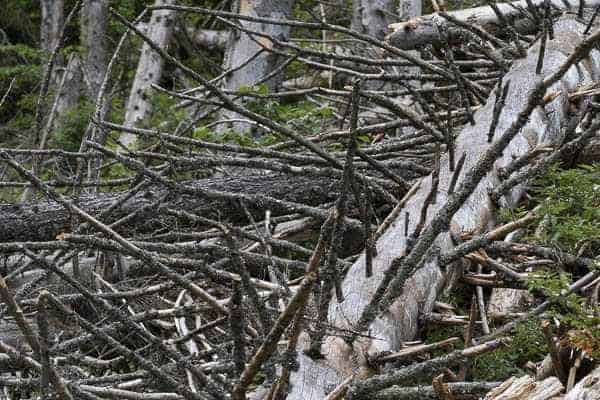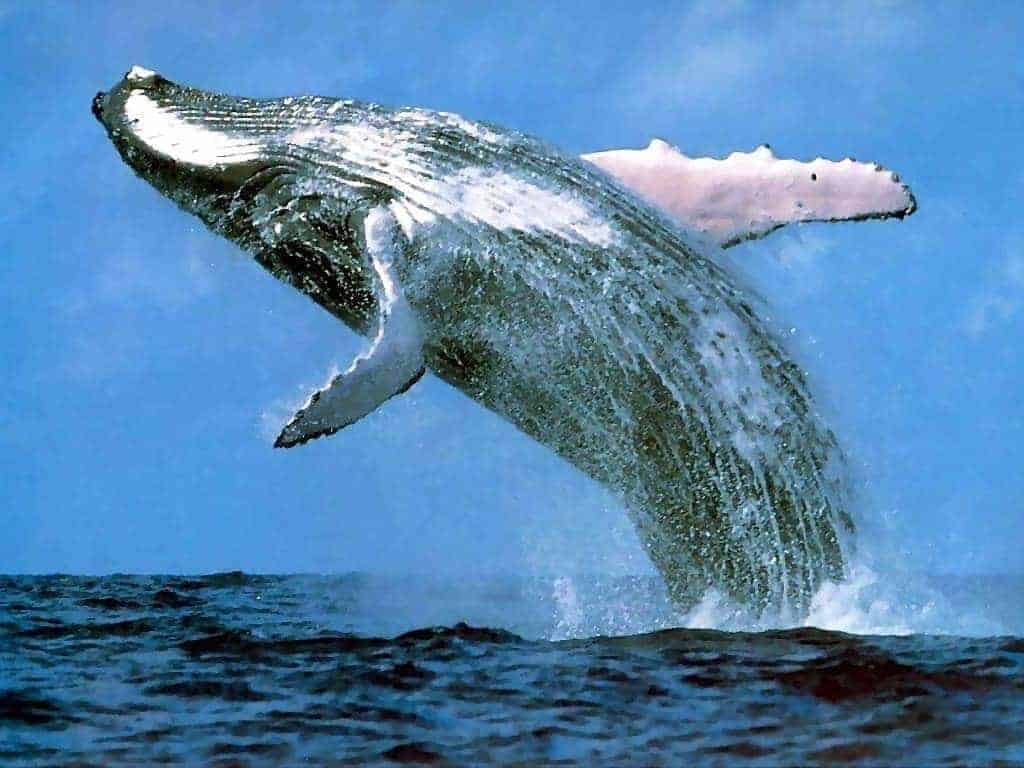Human disturbance has significant impact on animal movement
Human activity has a fundamental influence on the movement patterns of animals. It increases or decreases the distance that animals travel to hunt, graze, forage or find companions throughout their lives. A recent study published in Nature Ecology & Evolution examined 208 studies focusing on the impact of human disturbance on nearly 170 terrestrial and aquatic animal species over six continents.
The findings of the study were rather surprising. While all human activities have an impact on animal movement, some intermittent activities such as aircraft, hunting and even hiking can have a bigger impact than urbanisation and deforestation, as animals consider them as immediate, unpredictable threats. According to the study, these changes have a fundamental impact on animals. This includes a reduction in their ability to feed and reproduce, but more importantly, “they point to a global restructuring of animal movement”, which can have profound consequences on populations.
Please also read: Are roads the biggest threat to Wilderness?
208 studies analysed
It has been common knowledge that human disturbance impacts the movement of animals. The total of the selected 208 studies focuses on the impact on 167 animal species. There are various examples pointing into the same direction. Madagascan lemurs have increased their territory by over 1,5 times as a result of logging. The common brushtail possums in Australia went 57% farther in areas cut by roads than in undisturbed forests. In Sweden, the movement of moose, disturbed by cross-country skiers, has accelerated. As a result of human sounds, the movement of cougars living in the USA has slowed. Meanwhile, rodents adversely affected by noise pollution have traveled greater distances.
As it turned out, the animals traveled an average of 70% further away when some human activity, such as hunting, camping or skiing disrupted their daily lives. For species that moved less as a result of human activity, the decrease was on average 37%. According to the researchers, there may be serious consequences for animals not moving according to their natural pattern. “Even a small change in movement can have big impacts on an individual, and when these costs accumulate across an entire population, reproductive rates and population viability may be compromised.” says the study.
Tracking changes in movement
Monitoring animal movement shows how animals change their behaviour when they flee predators, people, or set out in search of food, shelter, or companion. Some human activities tend to reduce the movement of animals; such as urbanisation, as some species find it easier to find food in urban environments. However, most species respond to anthropogenic disturbance by increasing movement. Movement of mammals was most affected by roads, agriculture, and aerial activity. Grazing and hunting also contributed to some species´ movements.
Wilderness is essential
Much of the Earth’s surface has already been occupied by mankind. However, there are still undisturbed places and these should be fully protected. The study also shows how difficult it is to predict how the area or movement of an animal will change as a result of anthropogenic activity. One important lesson is that leisure time in nature and hunting are leading to a greater change in movement, than estimated before. Even non-invasive human presence can have harmful consequences for wildlife. Therefore, Wilderness with no human intervention must be protected. As our actions are nature are actually interactions, in all our outdoor endeavours, we should learn to behave respectfully in nature.








